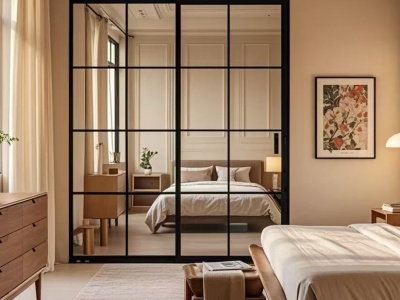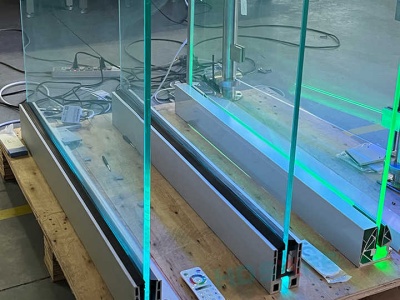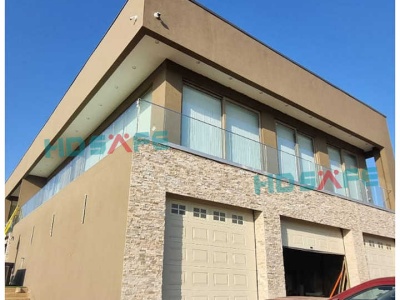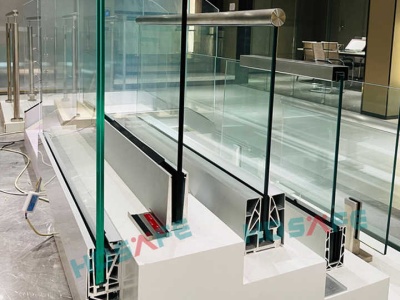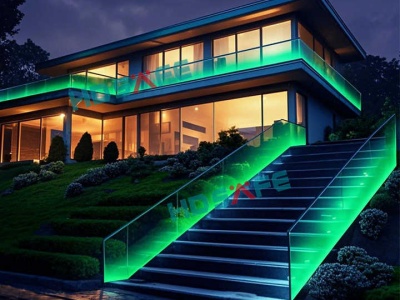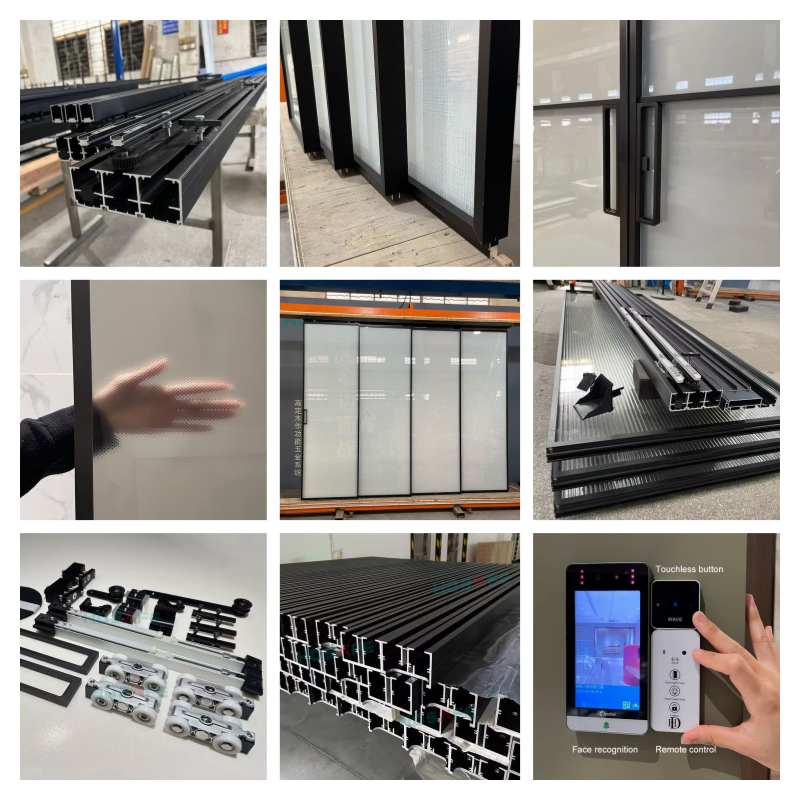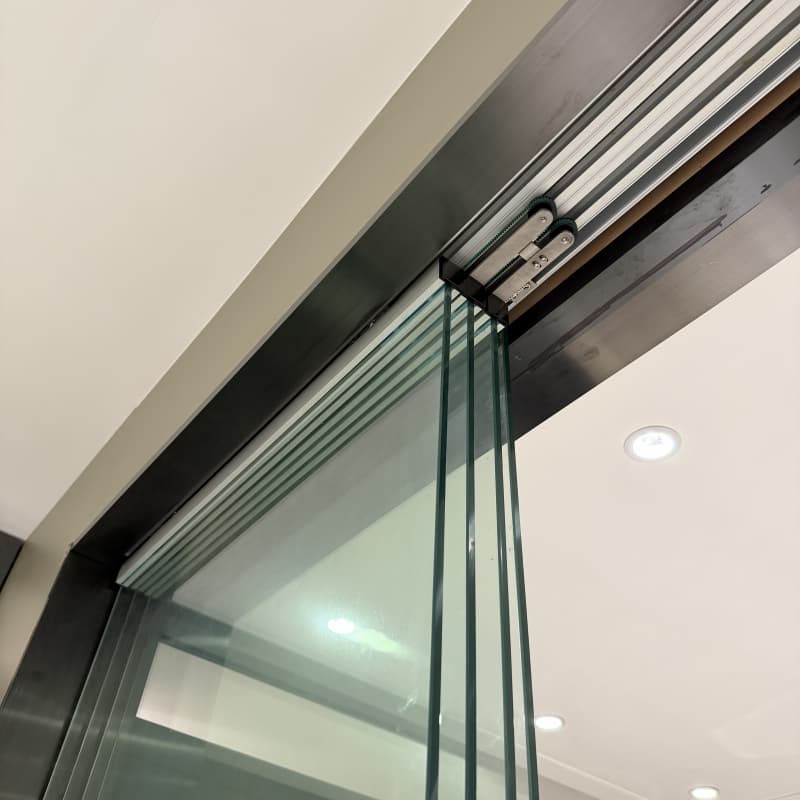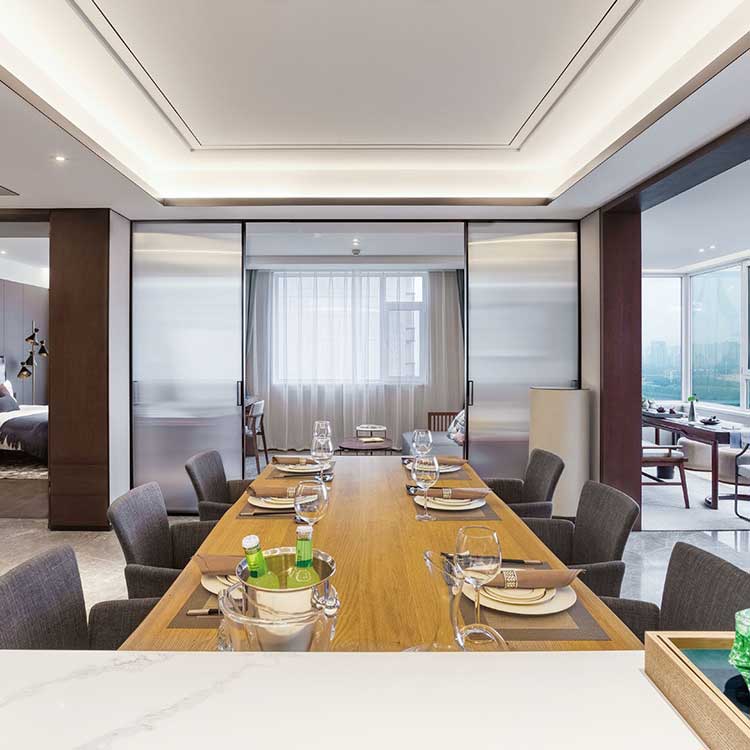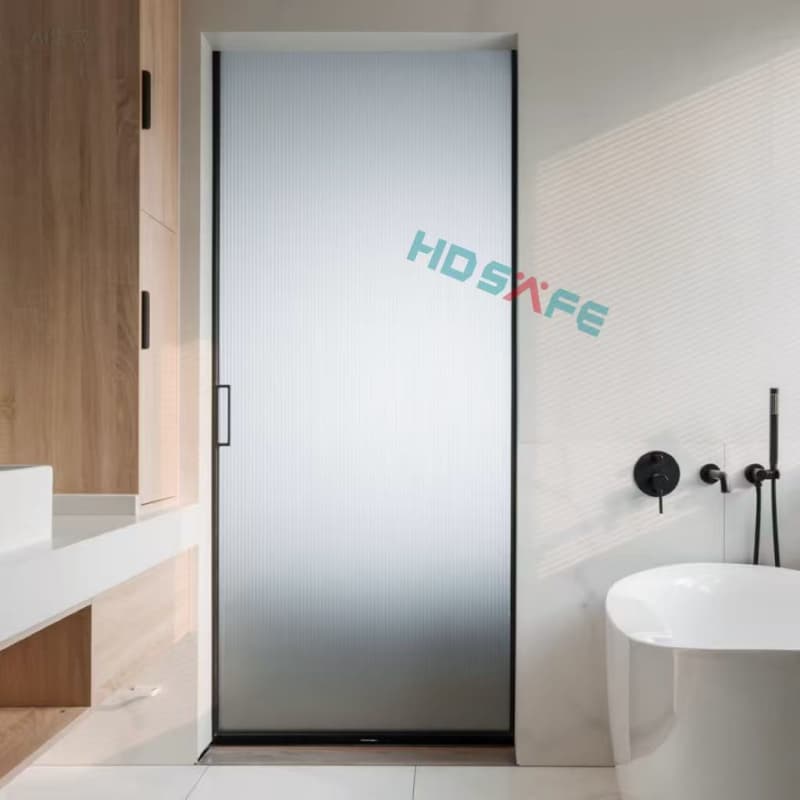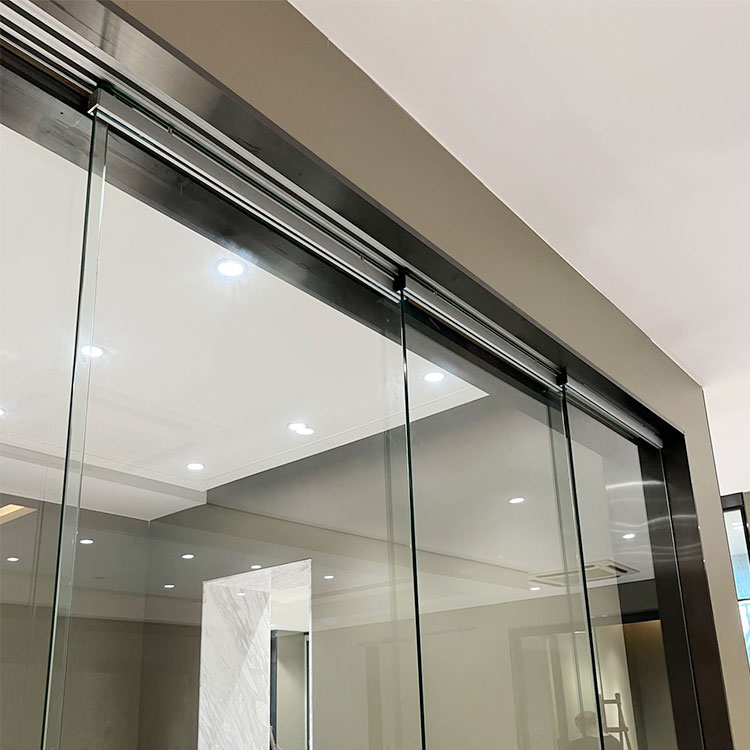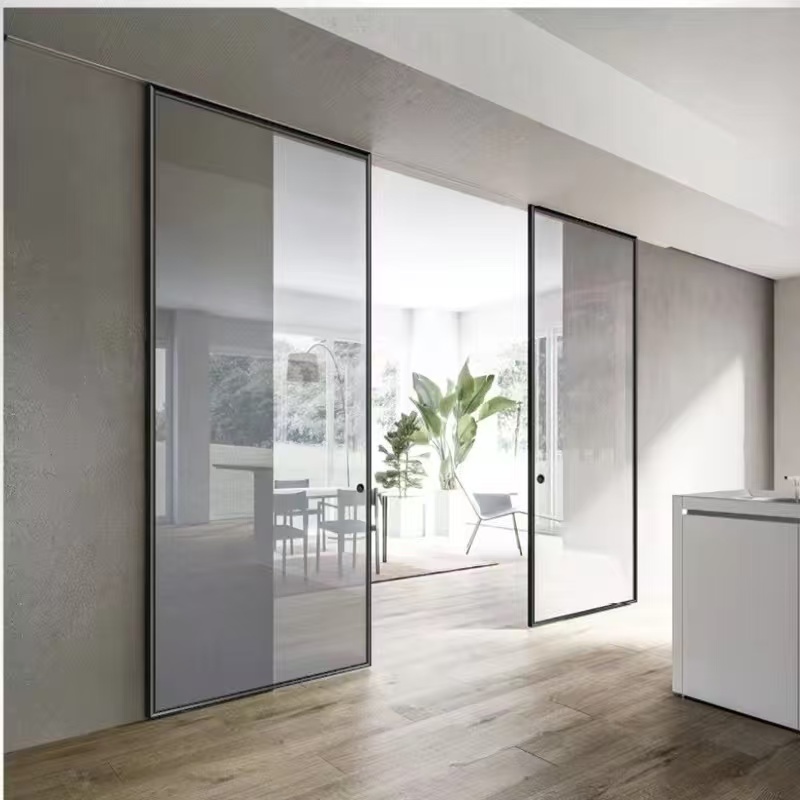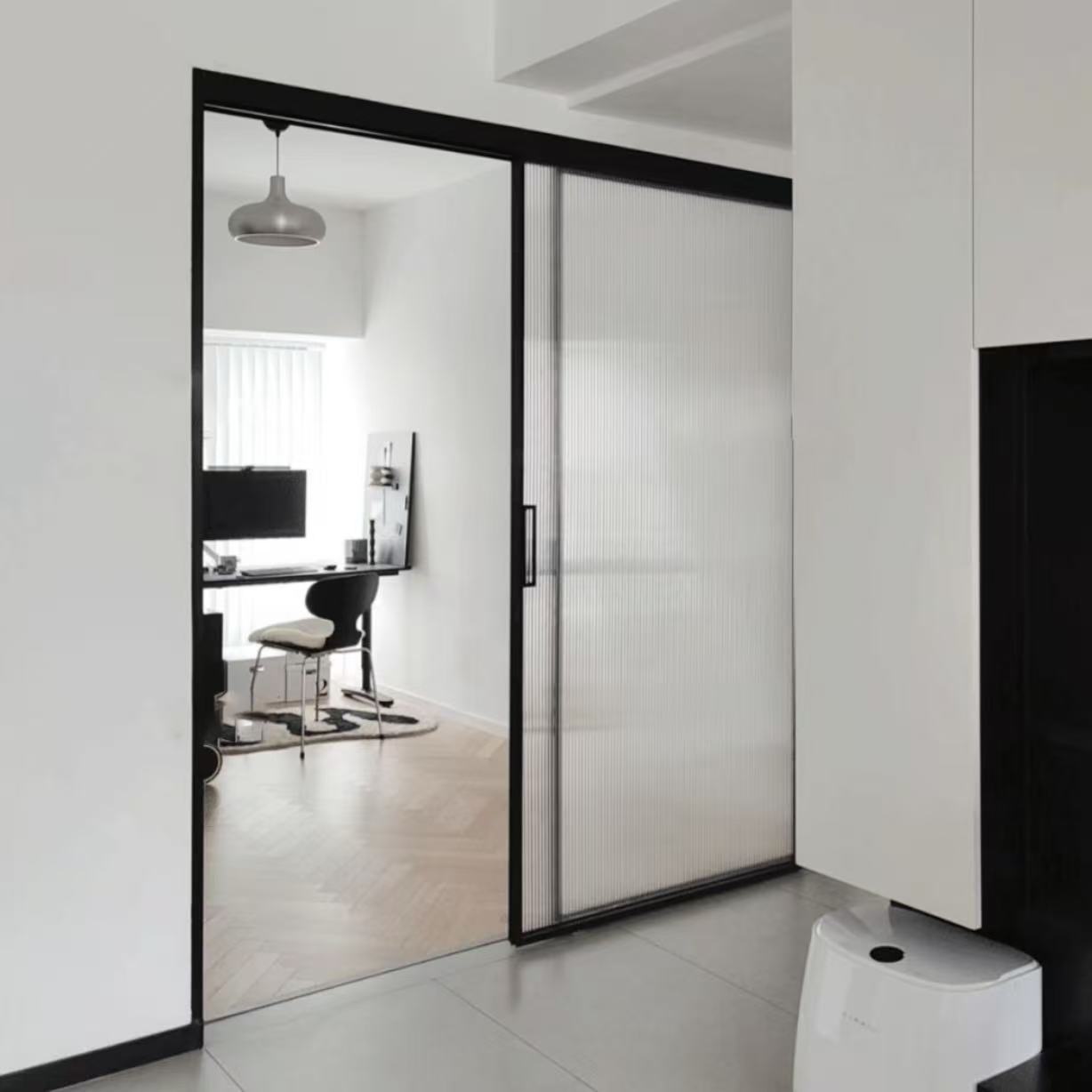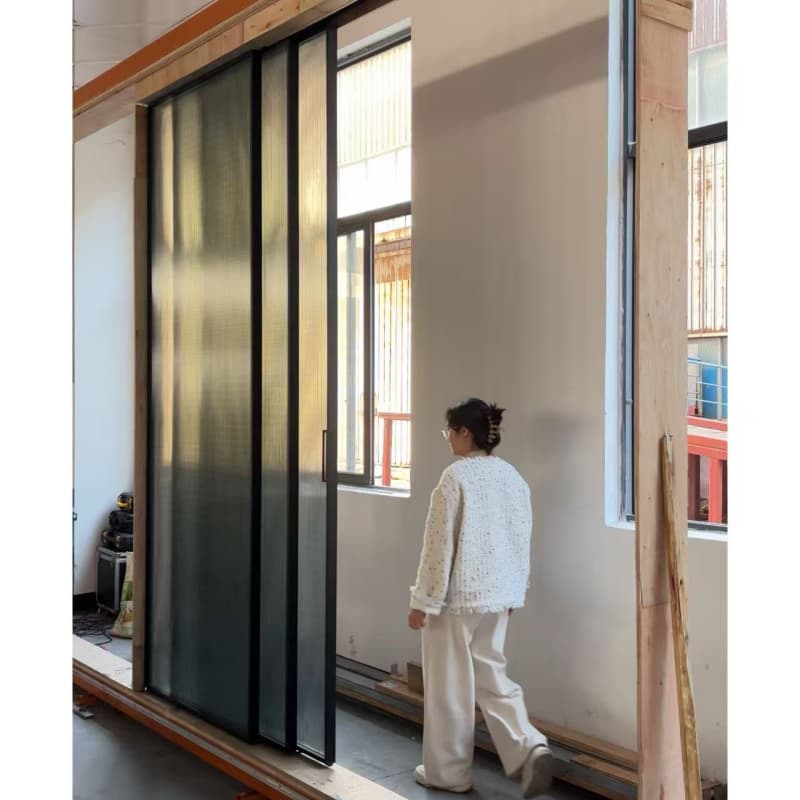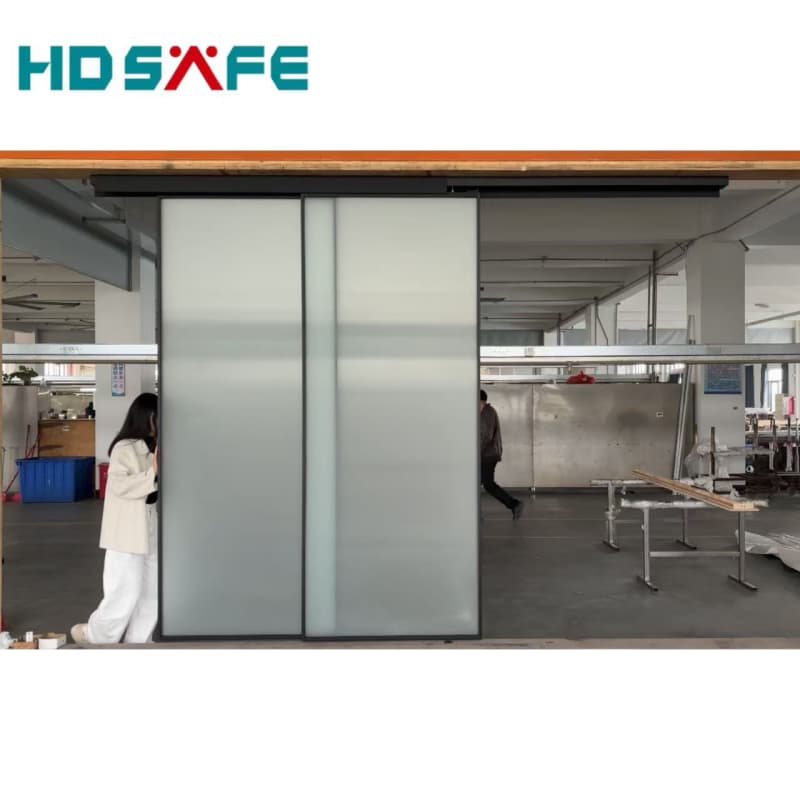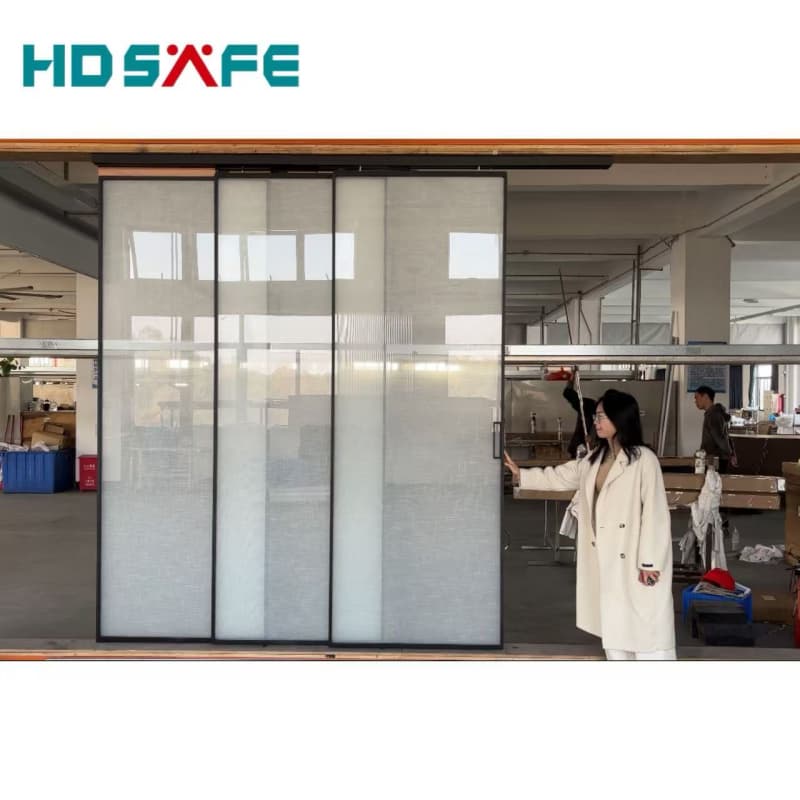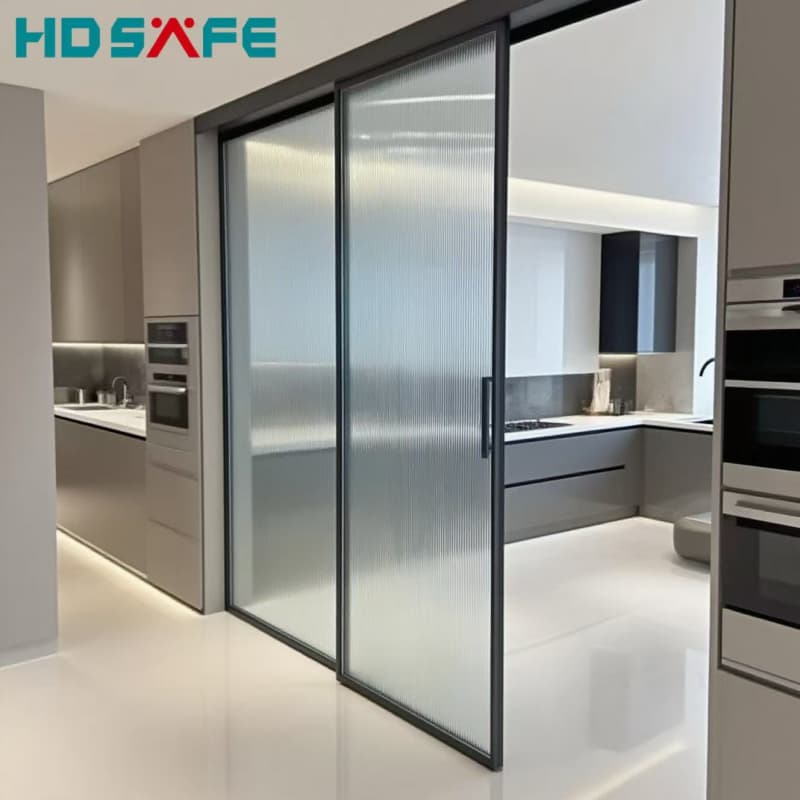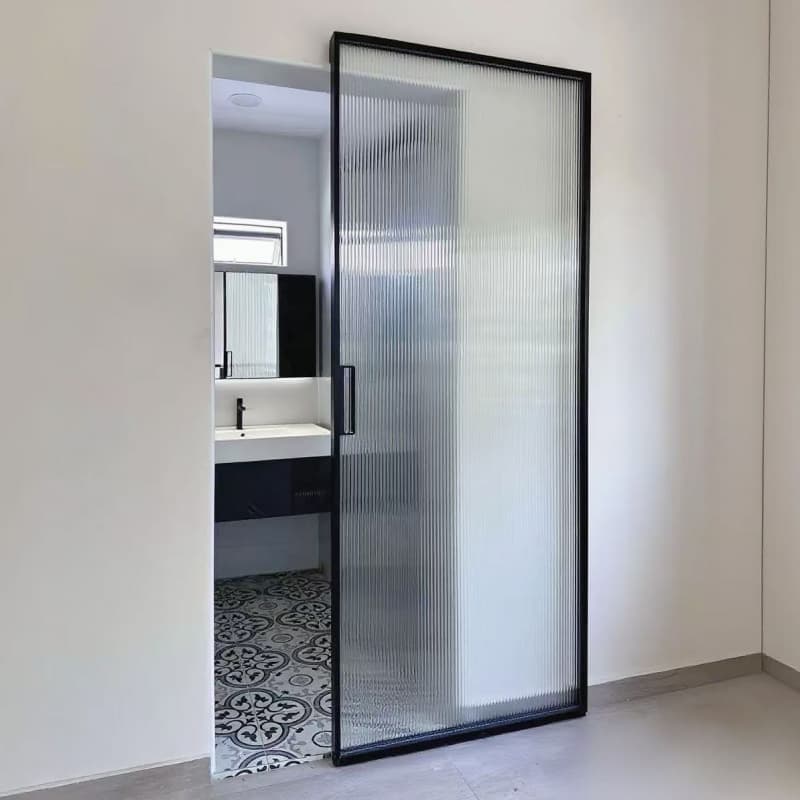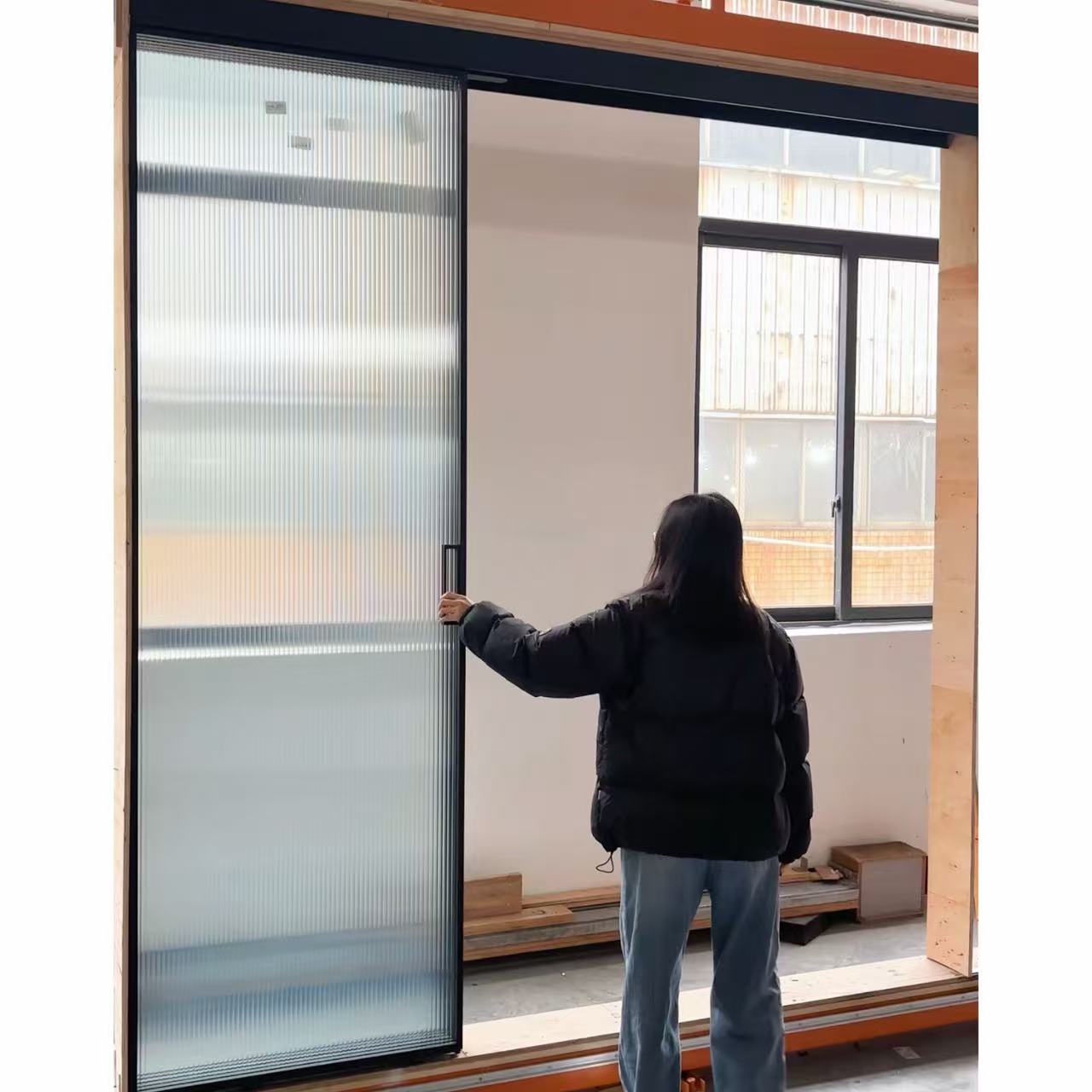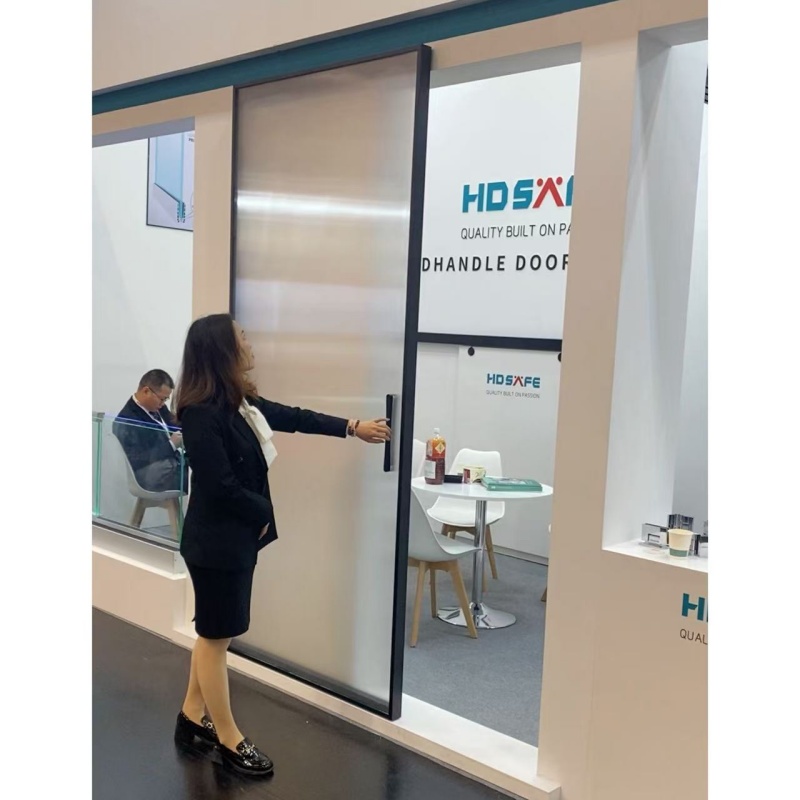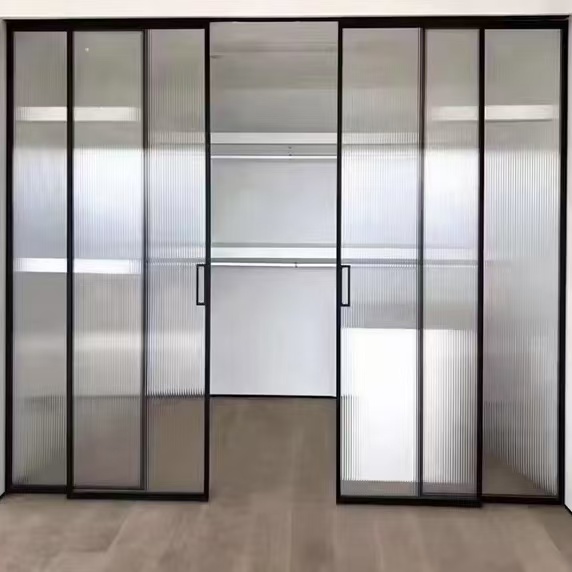Commercial Glass Railing Systems: Enhancing Modern Architecture with Style and Safety
In the ever-evolving world of commercial architecture, the demand for sleek, modern, and functional designs has never been higher. One of the most striking elements that can elevate the aesthetic and functionality of a commercial space is the use of commercial glass railing systems. These systems not only provide a sleek and contemporary look but also ensure safety and durability. In this article, we will delve into the various aspects of commercial glass railing systems, exploring their benefits, types, installation process, maintenance, and future trends.
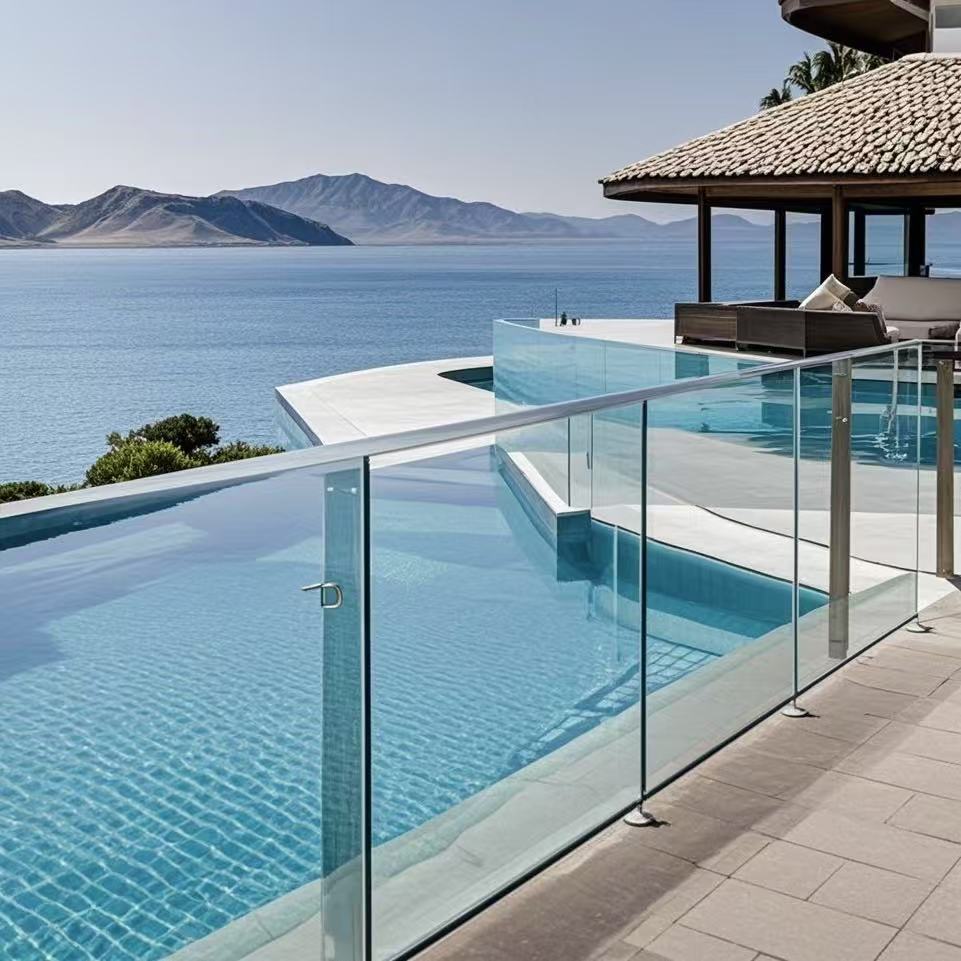
The Appeal of Glass Railing Systems
Aesthetic Enhancement
Glass railing systems are renowned for their ability to enhance the aesthetic appeal of any commercial space. The transparency of glass creates an open and airy feel, making spaces appear larger and more connected. This is particularly beneficial in modern office buildings, retail spaces, and public areas where an unobstructed view and a sense of spaciousness are highly valued. The sleek, minimalist design of glass railings complements a wide range of architectural styles, from contemporary to industrial.
Safety and Durability
While aesthetics are important, safety remains a top priority in commercial settings. Glass railing systems are designed to meet stringent safety standards, ensuring that they can withstand significant loads and impacts. Tempered and laminated glass options provide enhanced strength and safety, reducing the risk of breakage and injury. Additionally, the durability of glass railings means they require minimal maintenance and can withstand harsh environmental conditions, making them a long-term investment for any commercial property.
Functionality
Commercial glass railing systems are not only visually appealing and safe but also highly functional. They can be customized to fit a wide range of applications, from staircases and balconies to mezzanines and terraces. The flexibility in design allows for seamless integration into various architectural layouts, providing both functionality and beauty. Moreover, glass railings do not obstruct sightlines, which can be crucial in areas where visibility is essential for safety and security.
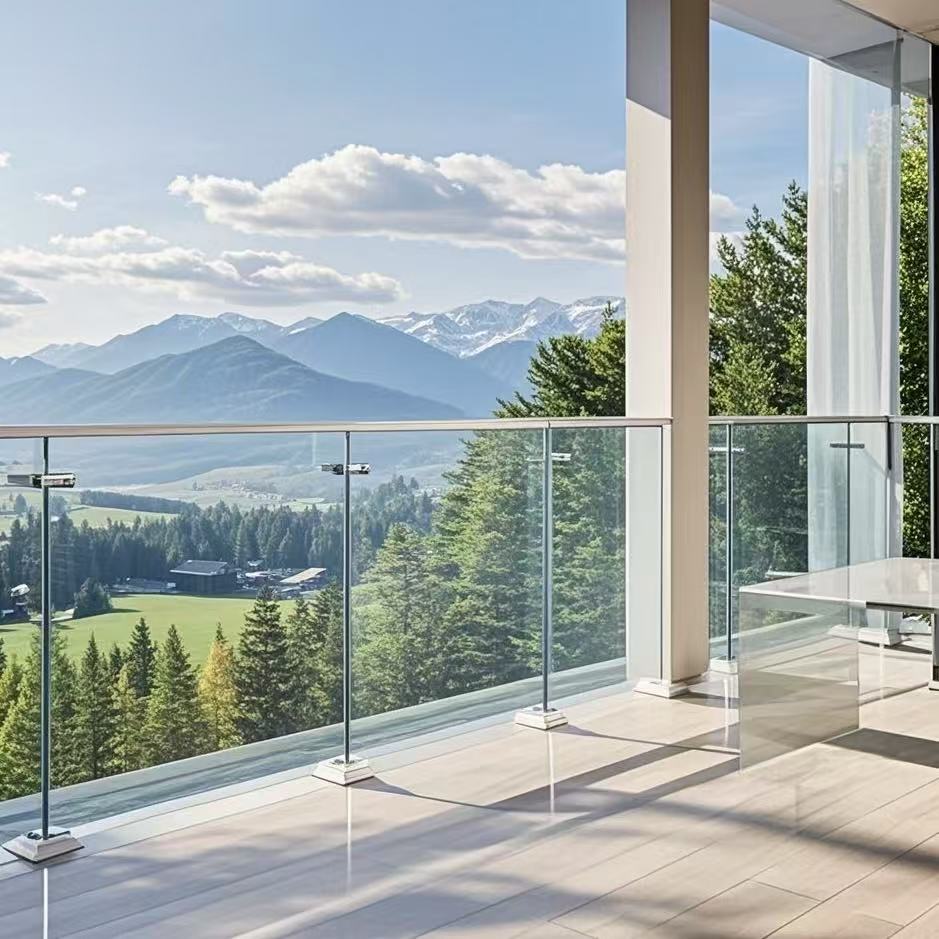
Types of Commercial Glass Railing Systems
Frameless Glass Railing Systems
Frameless glass railing systems are the epitome of modern and minimalist design. These systems feature glass panels that are held in place by minimal hardware, such as stainless steel posts and clamps, creating an unobstructed and clean look. Frameless railings are ideal for spaces where a sleek, contemporary aesthetic is desired, such as high-end offices, luxury hotels, and high-rise residential buildings. The minimalistic design also allows for maximum visibility, making these systems a popular choice in areas where an open and airy feel is essential.
Semi-Frameless Glass Railing Systems
Semi-frameless glass railing systems offer a balance between aesthetics and structural support. These systems typically feature a top and/or bottom rail made of stainless steel or aluminum, with glass panels held in place by clamps or brackets. Semi-frameless railings provide a more substantial appearance than frameless systems while still maintaining a modern and clean look. They are suitable for a wide range of commercial applications, including offices, retail spaces, and public areas.
Fully Framed Glass Railing Systems
Fully framed glass railing systems are the most traditional option, featuring glass panels that are fully enclosed within a metal frame. These systems are highly durable and provide excellent structural support, making them suitable for high-traffic areas and heavy-duty applications. Fully framed railings are often used in industrial settings, warehouses, and areas where safety and durability are paramount. The metal frame also allows for greater customization in terms of color and finish, making it possible to match the railing system with the overall design of the space.
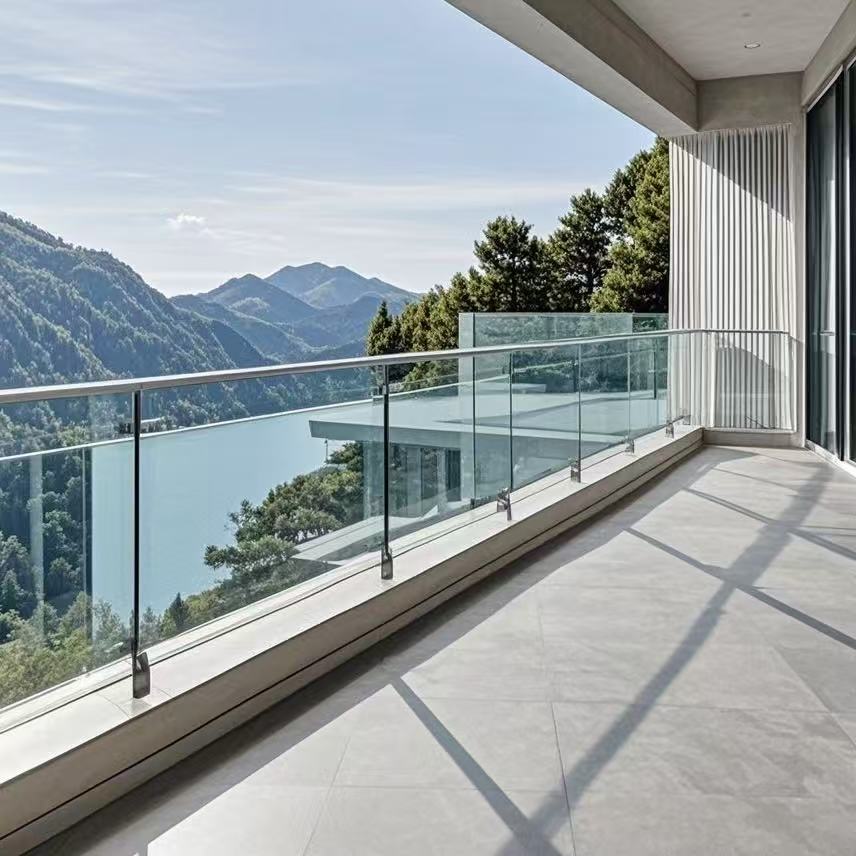
Materials Used in Commercial Glass Railing Systems
Glass Types
The type of glass used in commercial glass railing systems plays a crucial role in determining the overall performance and aesthetics of the system. The most commonly used types of glass include:
-
Tempered Glass: Tempered glass is heat-treated to increase its strength and safety. In the event of breakage, tempered glass shatters into small, rounded pieces, reducing the risk of injury. It is the most commonly used type of glass in commercial railings due to its safety and durability.
-
Laminated Glass: Laminated glass consists of multiple layers of glass with a plastic interlayer in between. If the glass breaks, the interlayer holds the fragments together, preventing them from shattering and falling. Laminated glass is ideal for high-security areas and locations with high wind loads.
-
Frosted or Etched Glass: Frosted or etched glass provides a textured finish, offering privacy while still allowing light to pass through. This type of glass is often used in areas where privacy is a concern, such as bathrooms or conference rooms.
-
Tinted Glass: Tinted glass reduces glare and heat transmission, making it a suitable option for areas with high exposure to sunlight. It can also provide an added layer of privacy and security.
-
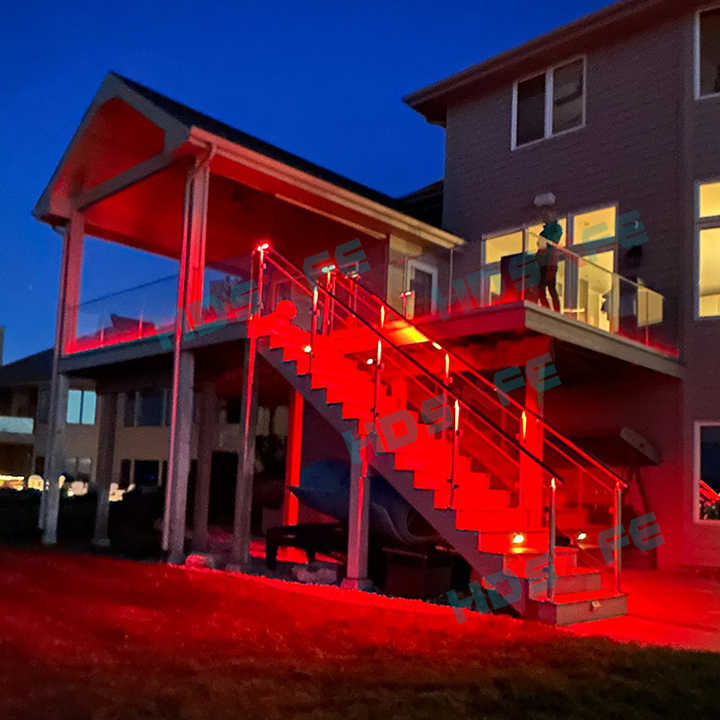
Frame Materials
The frame material of a commercial glass railing system is equally important, as it affects the overall durability, aesthetics, and maintenance requirements of the system. Common frame materials include:
-
Stainless Steel: Stainless steel is highly durable, corrosion-resistant, and low-maintenance, making it an ideal choice for commercial railings. It is available in various finishes, including brushed, polished, and black, allowing for customization to match the overall design of the space.
-
Aluminum: Aluminum is lightweight, corrosion-resistant, and easy to maintain, making it a popular choice for commercial railings. It is often anodized or powder-coated to enhance its durability and appearance.
-
Brass or Bronze: Brass and bronze frames offer a classic and elegant look, making them suitable for high-end commercial spaces. These materials are durable and develop a natural patina over time, adding character to the railing system.
Installation Process
The installation of a commercial glass railing system requires precision and expertise to ensure safety, stability, and aesthetics. The following are the key steps involved in the installation process:
Planning and Design
The first step in the installation process is to plan and design the railing system. This involves determining the layout, selecting the appropriate type of glass and frame material, and obtaining the necessary permits and approvals. It is essential to work with experienced architects and designers to ensure that the railing system complements the overall design of the space and meets all safety and building codes.
Preparation
Once the design is finalized, the next step is to prepare the installation site. This includes removing any existing railings, cleaning the surfaces, and marking the locations for the new railings. Proper preparation is crucial to ensure a smooth and efficient installation process.
Installation of Frames
The frames of the railing system are installed first, following the markings and specifications outlined in the design plan. The frames are secured to the floor, walls, or ceilings using appropriate fasteners and anchors. It is essential to ensure that the frames are level and aligned correctly to provide a stable and secure base for the glass panels.
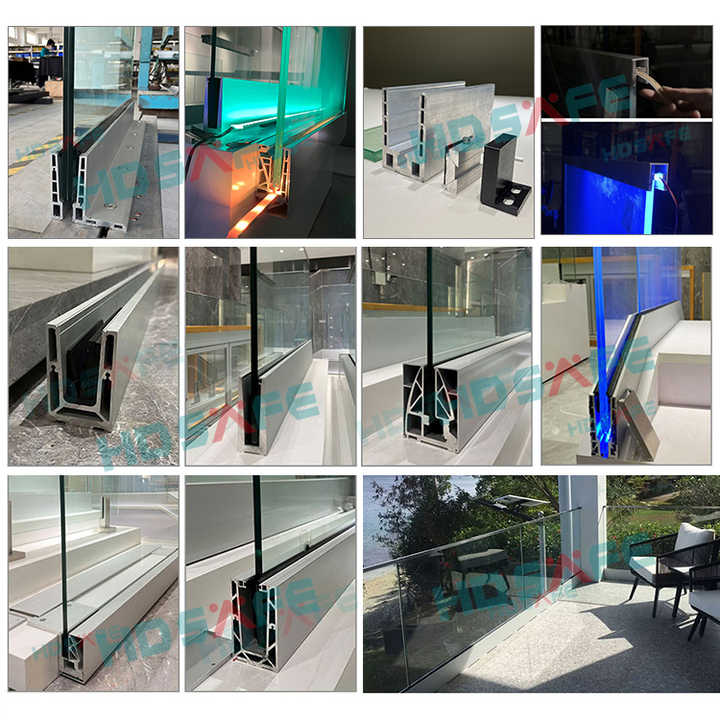
Installation of Glass Panels
The glass panels are carefully installed into the frames, using clamps, brackets, or other hardware as specified in the design. For frameless systems, the glass panels are held in place by minimal hardware, while fully framed systems may require more extensive installation. It is important to handle the glass panels with care to prevent breakage and ensure a secure fit.
Final Adjustments and Inspections
After the glass panels are installed, the final adjustments are made to ensure that the railing system is level, secure, and properly aligned. The system is then inspected to ensure that it meets all safety and building codes. Any necessary adjustments or corrections are made before the installation is completed.
Maintenance and Care
Proper maintenance and care are essential to ensure the longevity and performance of a commercial glass railing system. Here are some tips for maintaining your glass railing system:
Cleaning
Regular cleaning is essential to keep your glass railing system looking its best. Use a mild detergent and a soft cloth or sponge to clean the glass panels and frames. Avoid using abrasive cleaners or scrubbers, as they can scratch the glass and damage the frames. For tempered or laminated glass, follow the manufacturer's guidelines for cleaning and maintenance.
Inspection
Regular inspections are important to identify any potential issues or damage to the railing system. Check the glass panels for cracks, chips, or other signs of damage, and inspect the frames for rust, corrosion, or loose fasteners. Promptly address any issues to prevent them from escalating and compromising the safety and functionality of the system.
Lubrication
For railings with moving parts, such as hinges or sliding mechanisms, regular lubrication is necessary to ensure smooth operation. Use a silicone-based lubricant or other appropriate product to lubricate the moving parts, following the manufacturer's recommendations.
Repairs and Replacements
If any damage or wear is detected during inspections, it is important to address it promptly. Replace any broken or damaged glass panels, and repair or replace any damaged frames or hardware. It is recommended to hire a professional for repairs and replacements to ensure the safety and integrity of the railing system.
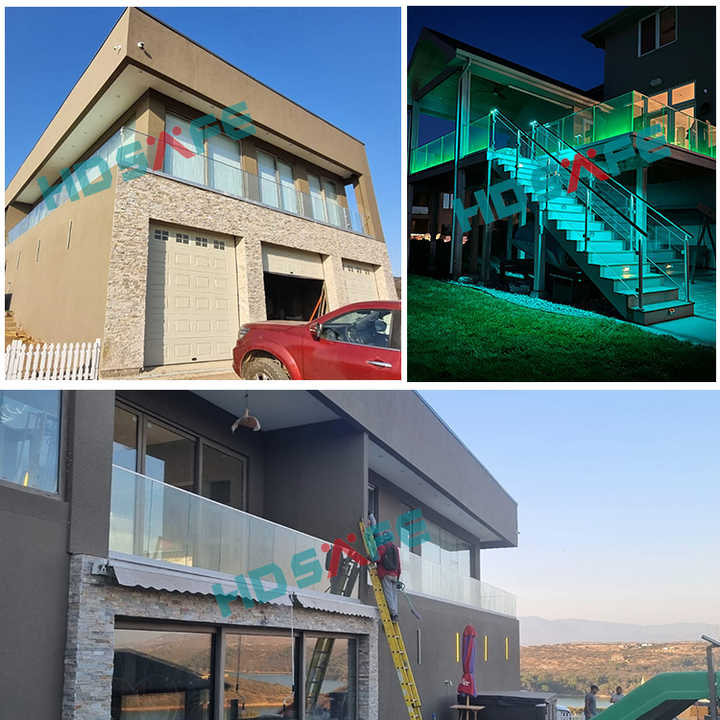
Future Trends in Commercial Glass Railing Systems
As technology and design trends continue to evolve, so do commercial glass railing systems. Here are some future trends to watch for:
Smart Glass Technology
Smart glass technology is an emerging trend in commercial glass railing systems. This technology allows the glass to change its properties, such as transparency, tint, or reflectivity, in response to environmental conditions or user preferences. For example, electrochromic glass can be tinted to reduce glare and heat transmission, while maintaining a clear view when not in use. Smart glass technology offers enhanced functionality and energy efficiency, making it a promising development for commercial railings.
Customization and Personalization
Customization and personalization are becoming increasingly important in commercial design. Glass railing systems can be customized in terms of size, shape, color, and finish to meet the specific requirements of a project. Advances in manufacturing techniques, such as digital printing and laser cutting, allow for intricate and unique designs that can enhance the aesthetic appeal of the railing system. Customization options provide flexibility and enable businesses to create a unique and branded environment.
Integration with Building Systems
The integration of glass railing systems with other building systems, such as lighting, HVAC, and security, is an emerging trend. For example, LED lighting can be integrated into the railing system to provide illumination and enhance the aesthetic appeal. Smart sensors can be used to monitor the condition of the railing system and send alerts for maintenance or repairs. Integration with building systems offers enhanced functionality, convenience, and energy efficiency.
Sustainability
Sustainability is becoming a key consideration in commercial design, and glass railing systems are no exception. Manufacturers are increasingly using eco-friendly materials and processes to reduce the environmental impact of their products. Recycled glass and sustainable framing materials are gaining popularity, as are energy-efficient manufacturing techniques. Sustainable glass railing systems not only benefit the environment but also enhance the value and appeal of the property.
Case Studies: Successful Implementation of Commercial Glass Railing Systems
To better understand the benefits and applications of commercial glass railing systems, let's look at some real-world case studies:
Case Study 1: High-End Office Building
A high-end office building in a major city wanted to create an open and inviting atmosphere in its lobby and communal areas. The design team opted for frameless glass railing systems with tempered glass panels and stainless steel frames. The result was a sleek, modern look that enhanced the overall aesthetic of the building and provided a sense of spaciousness. The frameless design allowed for unobstructed views, creating a welcoming environment for visitors and employees.
Case Study 2: Luxury Hotel
A luxury hotel sought to create a sophisticated and elegant atmosphere in its rooftop bar and terrace. The design team selected semi-frameless glass railing systems with frosted glass panels and black aluminum frames. The frosted glass provided privacy while still allowing light to pass through, and the black aluminum frames added a touch of elegance. The railing system complemented the overall design of the rooftop bar, creating a luxurious and inviting space for guests.
Case Study 3: Industrial Warehouse
An industrial warehouse needed a durable and functional railing system for its mezzanine levels. The design team chose fully framed glass railing systems with laminated glass panels and powder-coated aluminum frames. The laminated glass provided enhanced safety and security, while the powder-coated aluminum frames ensured durability and resistance to corrosion. The railing system met all safety requirements and provided a functional and aesthetically pleasing solution for the warehouse.
Conclusion
Commercial glass railing systems offer a unique combination of aesthetics, safety, and functionality, making them an excellent choice for modern commercial spaces. With various types, materials, and customization options available, glass railing systems can be tailored to meet the specific needs and design preferences of any project. Proper installation, maintenance, and care are essential to ensure the longevity and performance of the system. As technology and design trends continue to evolve, the future of commercial glass railing systems looks promising, with innovations such as smart glass technology, customization, integration with building systems, and sustainability leading the way. By understanding the benefits and applications of commercial glass railing systems, businesses and property owners can create stunning and functional spaces that stand the test of time.
Incorporating glass railing systems into commercial architecture not only enhances the visual appeal of a space but also contributes to a safer and more comfortable environment. The transparency of glass creates a sense of openness and connection, while the durability and safety features ensure peace of mind. Whether it's a high-end office building, a luxury hotel, or an industrial warehouse, glass railing systems offer a versatile and elegant solution that meets the demands of modern design and functionality.
As we look to the future, the integration of smart technologies, sustainable materials, and advanced manufacturing techniques will further enhance the capabilities and appeal of commercial glass railing systems. By staying informed about the latest trends and innovations, businesses and property owners can continue to push the boundaries of design and create spaces that are not only beautiful but also functional and sustainable.
In conclusion, commercial glass railing systems are a valuable investment that can transform the look and feel of any commercial space. With their aesthetic appeal, safety features, and versatility, they are an essential component of modern architecture. By choosing the right type of glass railing system, working with experienced professionals, and maintaining the system properly, businesses and property owners can enjoy the many benefits of this innovative and stylish solution. Whether you're looking to enhance the aesthetic appeal of your space, improve safety, or create a functional and modern environment, commercial glass railing systems offer a solution that meets and exceeds your expectations.
As the demand for modern, functional, and aesthetically pleasing commercial spaces continues to grow, the role of glass railing systems will only become more prominent. With their ability to enhance the visual appeal of a space, provide a sense of openness and connection, and ensure safety and durability, glass railing systems are an essential element of contemporary architecture. By embracing the latest trends and innovations, businesses and property owners can create spaces that are not only beautiful but also functional, sustainable, and future-ready.
In the ever-evolving world of commercial design, glass railing systems stand out as a symbol of modernity, innovation, and elegance. They offer a unique combination of aesthetics, safety, and functionality, making them an excellent choice for a wide range of commercial applications. Whether you're designing a high-end office building, a luxury hotel, or an industrial warehouse, glass railing systems provide a versatile and stylish solution that meets the demands of modern architecture. By understanding the benefits and applications of glass railing systems, and working with experienced professionals, businesses and property owners can create stunning and functional spaces that enhance the overall experience of their property.
As we move forward, the future of commercial glass railing systems looks bright, with advancements in technology, materials, and design continuing to push the boundaries of what is possible. By staying informed about the latest trends and innovations, and embracing the potential of glass railing systems, businesses and property owners can create spaces that are not only beautiful but also functional, sustainable, and future-ready. In a world where design and functionality are increasingly intertwined, glass railing systems offer a solution that meets and exceeds the expectations of modern commercial architecture.





 Home
Home May 28,2025
May 28,2025 
 What is Hidden Track Narrow Frame Sliding Glass Door?
What is Hidden Track Narrow Frame Sliding Glass Door? 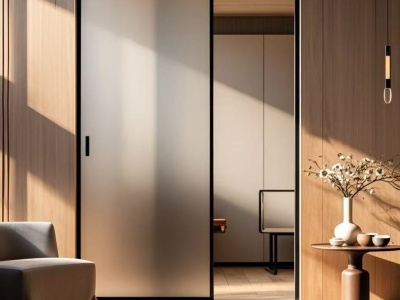
 May 20,2025
May 20,2025 
